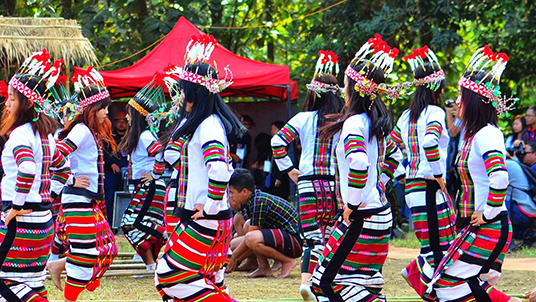Harvesting history: The roots and rebirth of the Kut Festival
The history of Kut Festival is deeply rooted in the traditions of Manipur, where people once worshipped nature rather than gods. Folk tales recount the ancient origins of this festival, which dates back to a time when nature was revered for its role in sustaining life. However, the celebrations of Chavan Kut faced a decline during the British colonial era and the influence of external cultures. It was only in 1962 that the festival was officially reintroduced in Manipur, rekindling the local love and fervour for this age-old tradition.
Today, the festival serves as an opportunity for the people of Manipur to come together, fostering harmony, prosperity, and peace within the state. The day of Kut is declared a state holiday, with businesses shuttered to allow everyone to partake in the festivities.
Kut Festival traditions: A melody of family, feasts, and folklore
At the heart of the Kut Festival lies a deep reverence for nature and the earth's bountiful offerings. This celebration is an expression of gratitude to the deities for a fruitful harvest season. The festival commences with various rites and rituals that honour the deities who have bestowed their blessings upon the community. It is a time of cleansing and preparation as houses are meticulously cleaned and whitewashed to welcome the festival with open arms.
Traditional folk music and dance take centre stage during Kut Festival, with native tribes of Manipur joining in the merry making. The unique cultural patterns and lifestyles of these tribes are beautifully showcased through their captivating performances. The rhythmic beats of traditional instruments fill the air, enveloping everyone in the festive atmosphere.




































